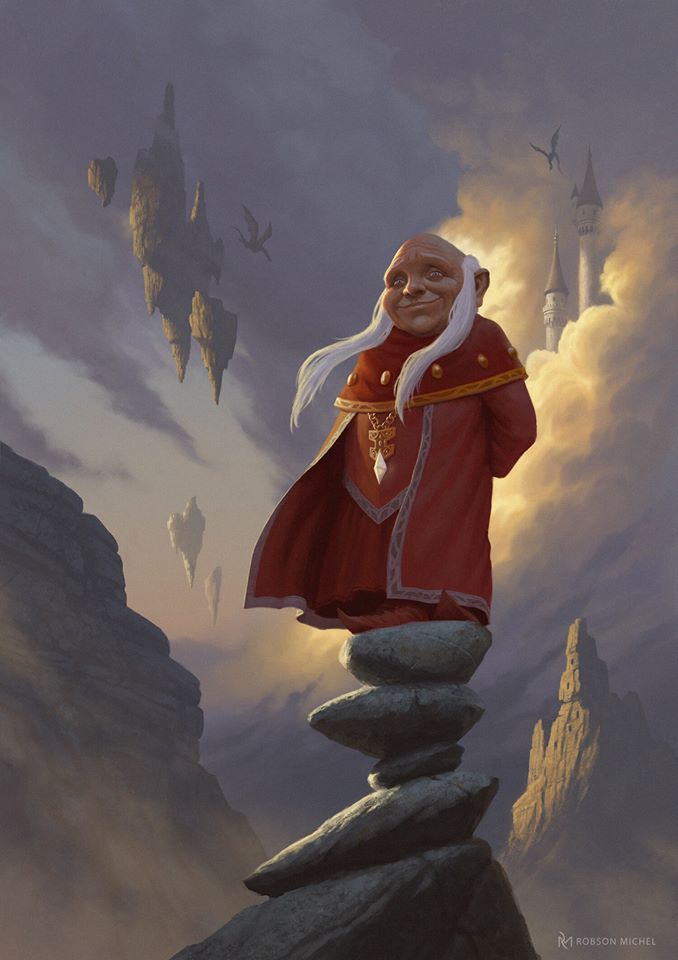
A related field is one in which the individual is using cognitive, psychomotor, and affective competences acquired in the education program.
#Art master full
* “Positive Placement Percentage” means that the graduate is employed full or part-time in art therapy or in a related field or continuing his/her education or serving in the military. Positive Placement Percentage* - 82.35%.Positive Placement Percentage* - 83.33%.The Art Therapy program is accredited by the Commission on Accreditation of Allied Health Education Programs upon the recommendation of the Accreditation Council for Art Therapy Education.Ĭommission on Accreditation of Allied Health Education Programs This is a full-day event, and student presenters are encouraged to invite family, friends, and colleagues.Ĭommission on Accreditation of Allied Health Education Program Upon completion of the thesis, you will present your work in a mini-conference. In addition to course work and internship requirements, students in Art Therapy must complete a substantial thesis project that demonstrates both theoretical knowledge and accumulated clinical experience. Specifically, you will observe credentialed art therapists working in metropolitan clinical settings and begin to lead treatment for 85–100 hours in this first semester.


Applicants majoring in the following fields are encouraged, while all fields are welcomed: literature, language and communication studies journalism drama media and cultural studies music fine arts and law. This course combines didactic classroom learning with a fieldwork component that allows you to ease into clinical work gradually. A good bachelors degree from a recognised university, or equivalent qualifications, and a sample of Creative Writing in English.
#Art master update
The second foundation course is Theory and Practice of Art Therapy. The Public Art Master Plan was approved in 2018 and supports the effective planning of resources and budgeting, clear prioritization of projects and the. 5.15: The Commission for Arts and Culture, through its Public Art Program, should update the Public Art Master Plan every five years. Here, you will have the opportunity to understand and interpret your own creative processes and products, which is essential for understanding your own clinical transference/countertransference issues. The first is Art for Art Therapists, a studio-based class. For the first term, you will take two foundation courses. The cohort sequence is designed to optimize preparation for clinical practice. The remaining 9 credits are psychology electives, chosen from a wide variety of courses offered in other NYU graduate programs as well as local consortium universities. The degree requires a total of 60 credits to graduate 39 credits are core art therapy courses and 12 credits are internship.


 0 kommentar(er)
0 kommentar(er)
